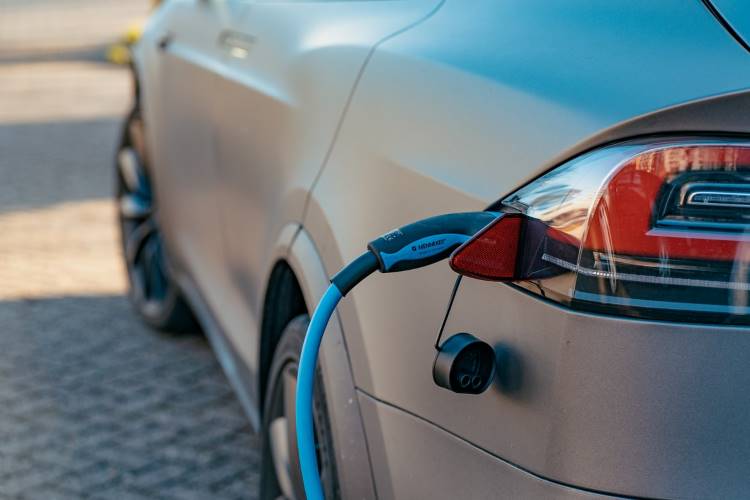The electric vehicle industry is pinning its hopes on the government’s FAME scheme to bring about a revolution in the automobile industry. However, the government is facing a funds shortage, which is leaving the EV makers in a lurch. The government needs to have surplus funds at the end of the current fiscal year to launch the third leg of the Faster Adoption and Manufacturing of (Hybrid &) Electric Vehicles (FAME) scheme. The objective is to exhaust all the remaining funds, but if not spent, the Cabinet will have to decide on an extension. The FAME deadline ends on March 31, 2024.
EV makers say that the government is currently only incentivising newcomers and large companies in the Production-Linked Incentive (PLI) Auto. The government is also relying on PLI for automobile and auto manufacturers to boost electric mobility in India.
The mid-size EV makers have benefited from FAME, and with FAME II lapsing, they will be devoid of incentives. Therefore, they are seeking an extension. FAME II began in April 2019 with an outlay of Rs 10,000 crore for a period of three years but was extended until March 2024. Of the Rs 10,000 crore earmarked for FAME II, only Rs 2,835 crore was spent as of February 28.
READ | Fed hikes benchmark rate by 25 bps, but signals end to aggressive tightening
Electric vehicle sales are growing exponentially in India. Total EV sales crossed one million units in 2022, posting 206% growth from the previous year. The EV sales figure stood at 10,54,938 units in 2022 which is 4.7% of overall sales. The market is riding the government resolve to achieve EV penetration of 70% for commercial passenger vehicles, 30% for private cars, 40% for buses and 80% for two and three-wheelers by 2030.
EV sales jumped 41% in April compared with the same month last year, according to government data. A total of 109,283 units were sold in the month compared with 77,493 units in April 2022. EV sales have topped 1,00,000 units seventh month running. However, total sales fell 28% in April from 140,541 units recorded in March.
Sales of two- and three-wheeler electric vehicle registered a steep fall in April because of delays in certification of products under the new safety regulations. The sale of high-speed two-wheelers fell to below 66,500 units, posting a 23% fall from March. Three-wheeler sales fell 16% during the period to around 38,000 units.
The leading players in the Indian EV industry are Tata Motors and MG Motors India in the passenger car segment, Hero Electric, Okinawa and Ather Energy in the two-wheeler segment, and Mahindra & Mahindra and Ola Electric in the three-wheeler segment.
FAME is pivotal to EV revolution
The FAME scheme is crucial to fuel India’s EV dreams. Not only does it provide financial incentives to buyers of electric vehicles, reducing the upfront cost and making them more affordable for consumers, it has also promoted domestic manufacturing of electric vehicles, components, and batteries, helping to create jobs in the country and reducing dependence on imports.
A Parliamentary Standing Committee on Industry and Estimates has also sought a resolution and revival of the e-mobility revolution in India and recommended continued patronage of the FAME II policy. With FAME, funding for research and development of new technologies related to electric vehicles is also promoted, driving innovation in the industry and leading to the development of more advanced and efficient electric vehicles.
Challenges to EV transformation
Despite the numerous advantages of FAME, allegations of corruption and misappropriation of funds by bypassing the localisation and ex-factory price norms have dampened the sentiments of EV makers. Presently, more than a dozen original equipment manufacturers are under the ministry’s scanner for misappropriation.
India’s EV ambition currently has a green paradox to deal with. While EV adoption leads to reducing carbon footprint, the goal is defeated by the usage of fossil fuels in EV charging infrastructure.
Several other challenges to EV transformation in India are also posing a hindrance. This includes a lack of adequate charging infrastructure, which is one of the biggest challenges to the adoption of electric vehicles in India. While some cities have started to install charging stations, there is still a significant shortage of charging points in most parts of the country. Moreover, the initial cost of electric vehicles is often higher than that of conventional vehicles, which can be a deterrent for many consumers. While the FAME scheme provides some incentives to reduce the cost, more needs to be done to make electric vehicles affordable for the average consumer.
According to surveys, consumers are hesitant to switch to EVs due to concerns about the limited range of electric vehicles and the lack of charging infrastructure. The development of better and more affordable battery technology is crucial to the widespread adoption of electric vehicles in India. While advancements have been made in recent years, the high cost of batteries and the limited range of some electric vehicles remain major barriers.

